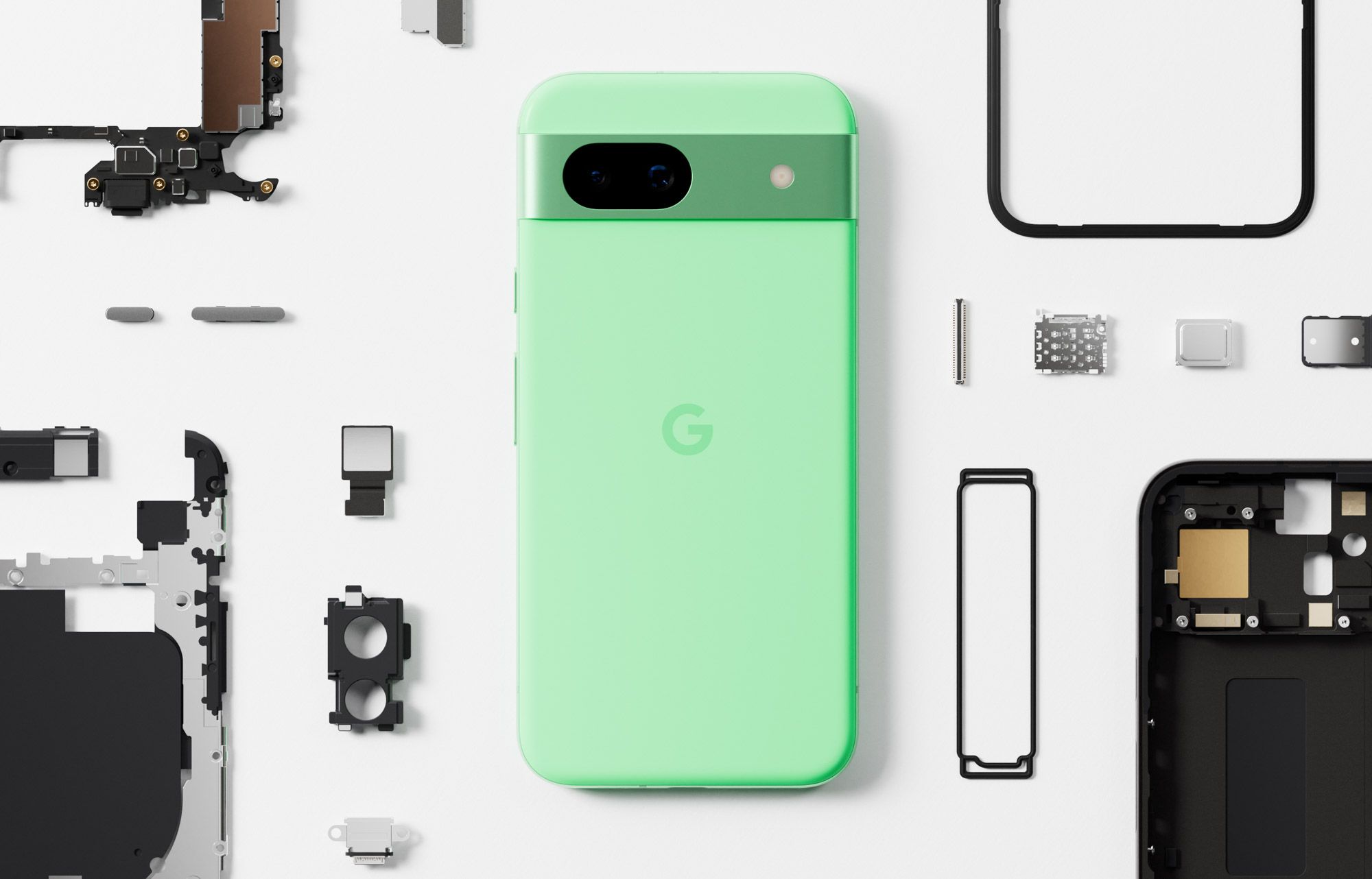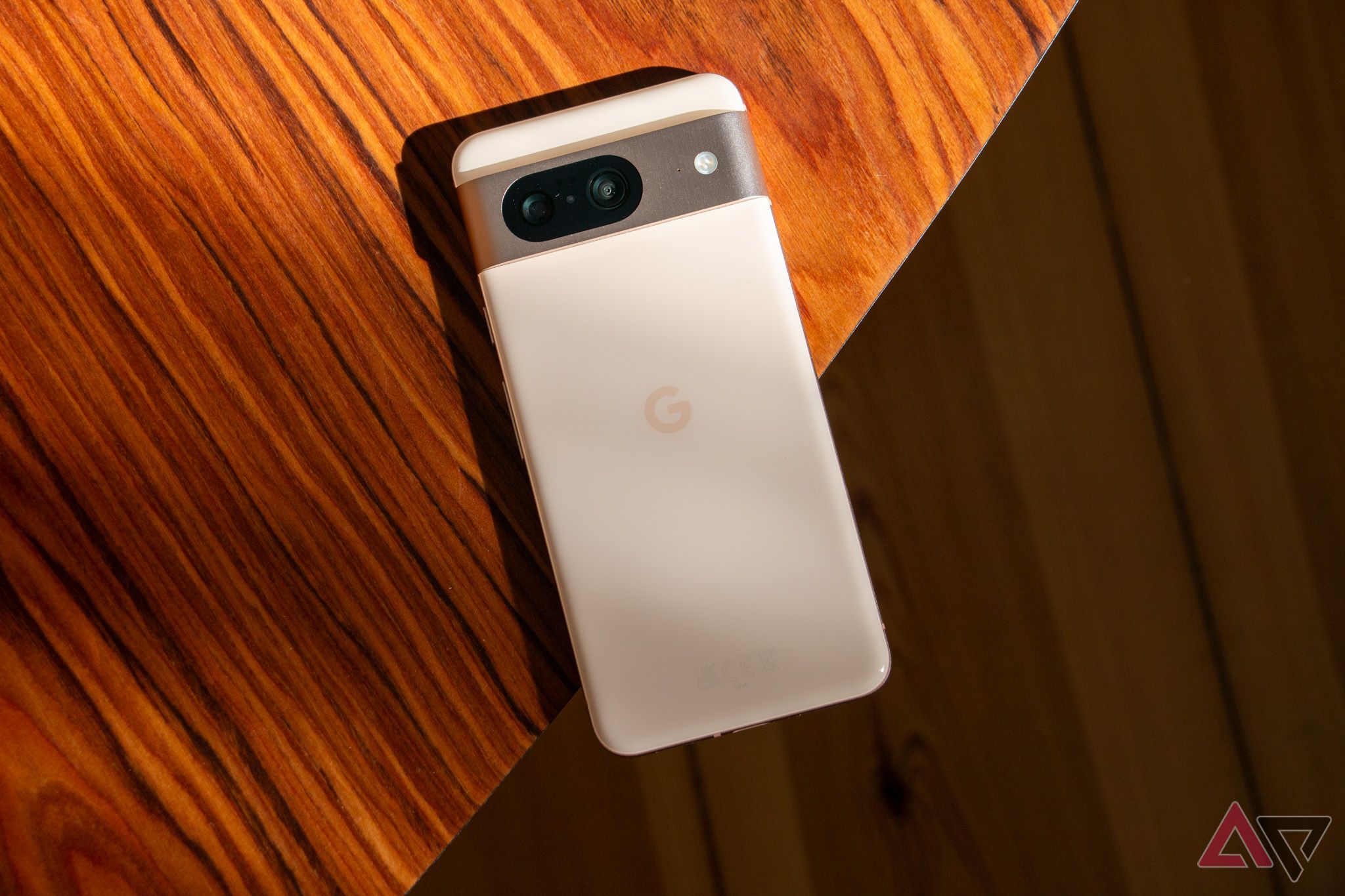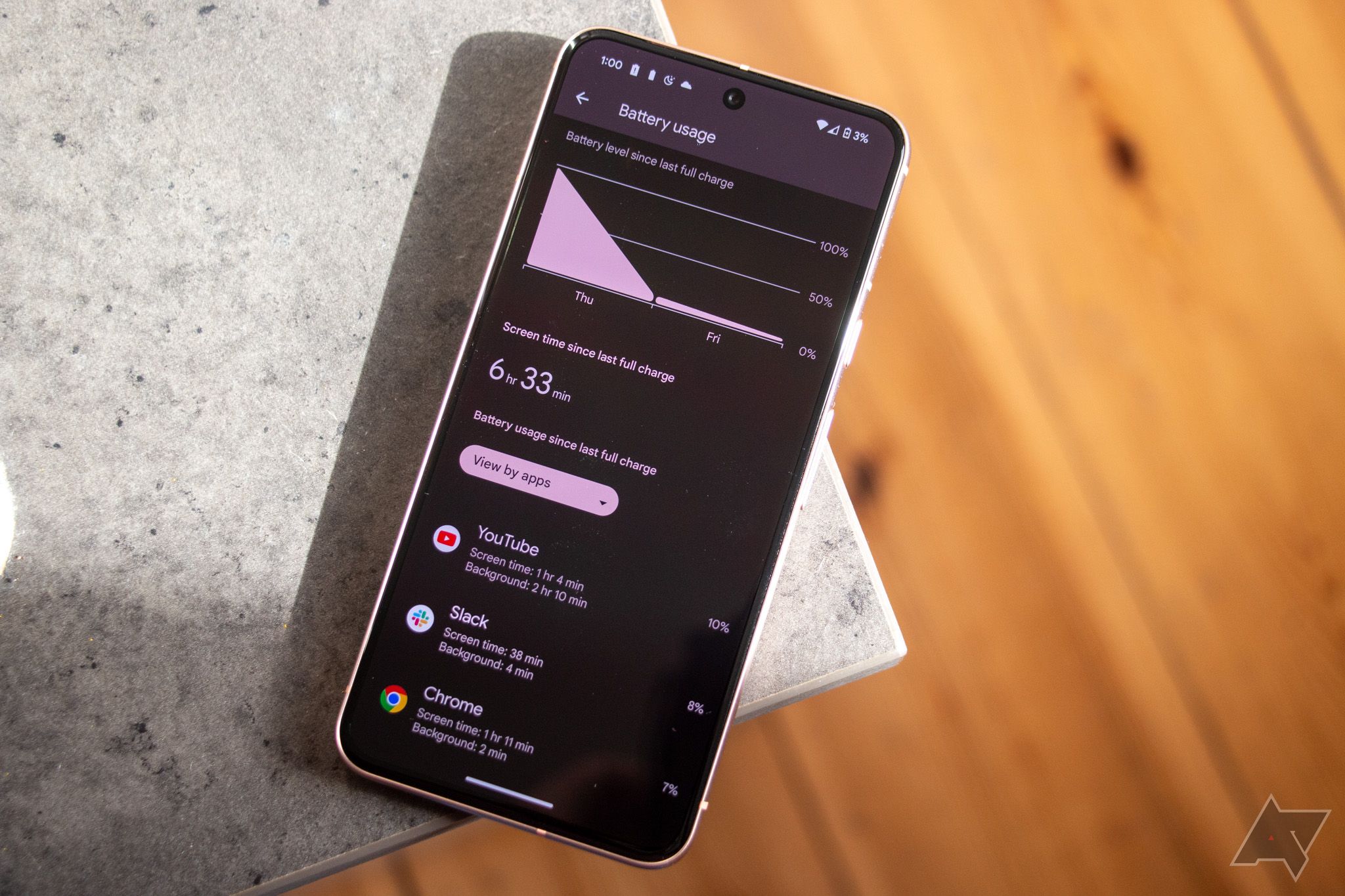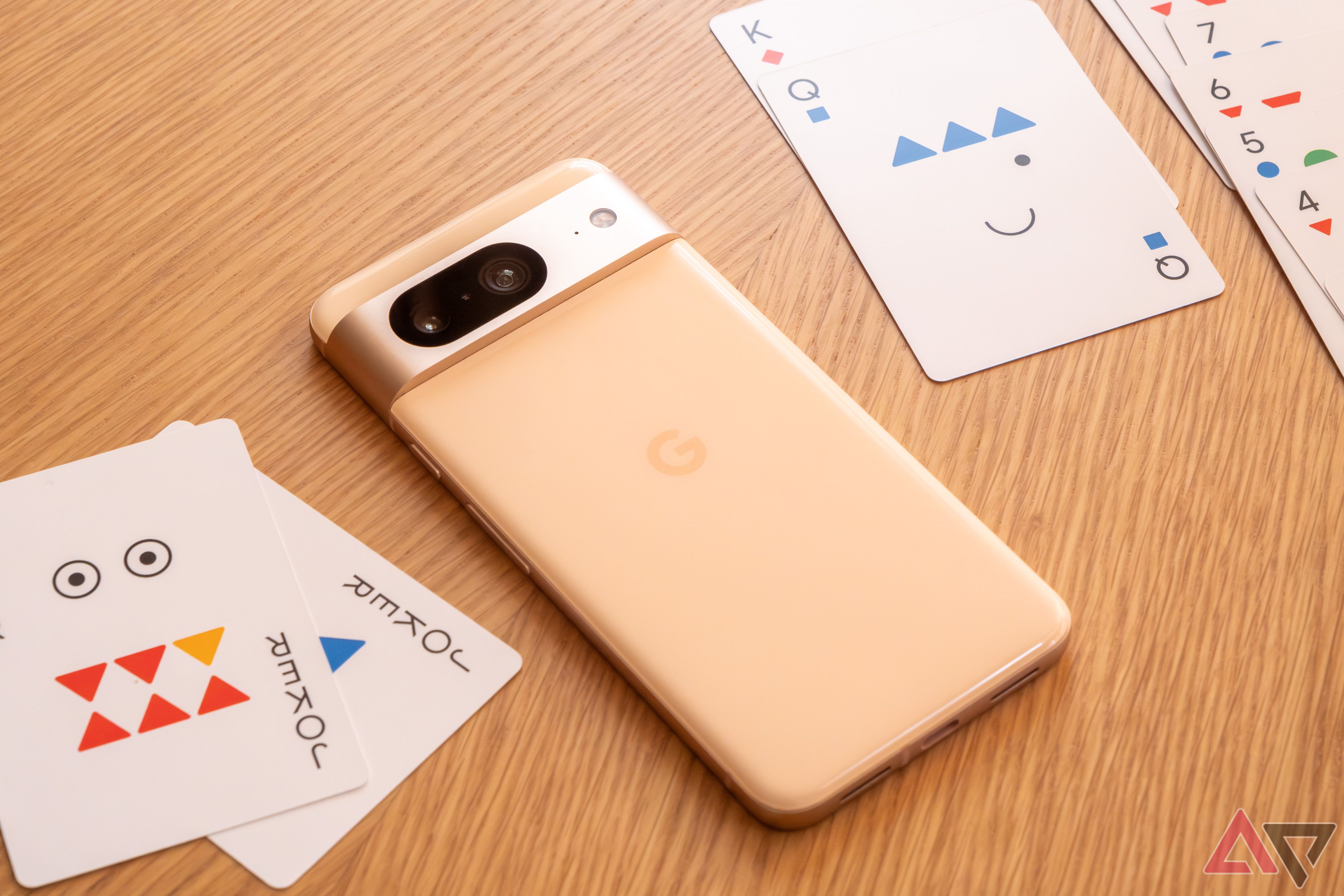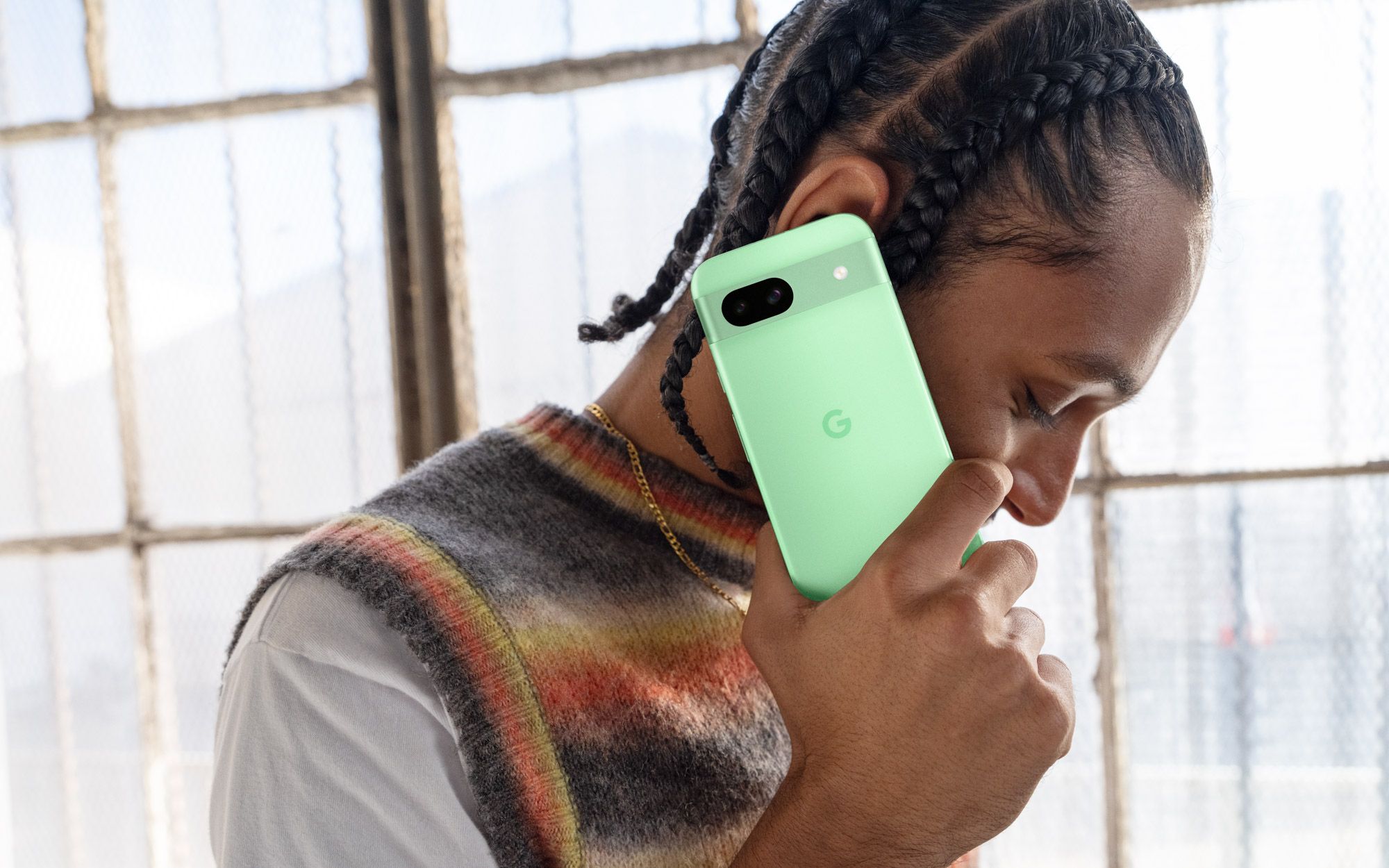Summary
- Display differences between Pixel 8 and 8a are nuanced, with slight size and panel variations.
- Pixel 8 boasts premium build with glass design, while 8a offers matte plastic back feel.
- Despite camera sensor disparities, Pixel 8a still delivers quality imagery through software magic.
Despite Google I/O being less than a week away, the company quietly announced its much-anticipated Pixel 8a ahead of schedule. And while rumors suggested a price increase for the latest A-series phone, Google kept the price firmly in the midrange space at $499. But that price point raises questions, with many asking whether it’s better to pick up a Pixel 8 on a sale than pay for a compromised Pixel 8a.
Unfortunately, it’s not that simple, as Google raised the price of the Pixel 8 to alleviate any awkwardness in its lineup. Some important differences between the two devices may sway your decision. With this in mind, let’s point out the changes Google made between the Pixel 8 and Pixel 8a so you can best decide if the company’s 2023 flagship is actually worth $200 more.
1 When it comes to the display, size isn’t everything
There are more differences here than you might think
At first glance, the Pixel 8 and 8a’s displays appear almost identical, with 1080p resolutions and 120Hz refresh rates, but that’s not exactly the case. In addition to the slight size difference (6.2 inches vs. 6.1 on the Pixel 8a), the OLED panels are constructed differently. The Pixel 8 utilizes a plastic OLED panel, allowing the display to be thinner, leading to smaller bezels and a lighter device. Meanwhile, the Pixel 8a uses a glass OLED panel, a less expensive alternative with some drawbacks.
Now, I’m not one to complain about bezels on a device. As long as the panel is crisp, I don’t care about bezels, but if you complained about the Pixel 6a only having a 60Hz display, such details may matter to you. Aside from that, I’d expect similar performance between the two devices.
Google addressed a major complaint of previous phones with the Pixel 8, fitting it with the company’s newly minted Super Actua display, giving the Pixel 8 increased brightness. And while the Pixel 8a only has an Actua display, I believe it’s a case of a rising tide. It may not be as bright as the Pixel 8, but the Pixel 8a display will be noticeably brighter than the Pixel 7a, eliminating a significant weakness of previous generations.
2 A glass vs. plastic design
Along with some friendly rounded corners
It’s hard to deny that the Pixel 8 is a flagship device with an aluminum frame and Gorilla Glass Victus on the front and back. It feels amazing in the hand and has a more refined finish than the Pixel 7. I would’ve loved to see a matte finish on the Pixel 8, but Google obviously felt that a fingerprint-free experience should be reserved only for those who spent more on a Pixel 8 Pro.
Even though the Pixel 8a just sports a plastic back, it’s a matte plastic back, adding texture and resistance to unsightly smudges. I like plastic phones for another reason: I feel more comfortable carrying them caseless, allowing me to enjoy the design of the device rather than coat it in a cheap case.
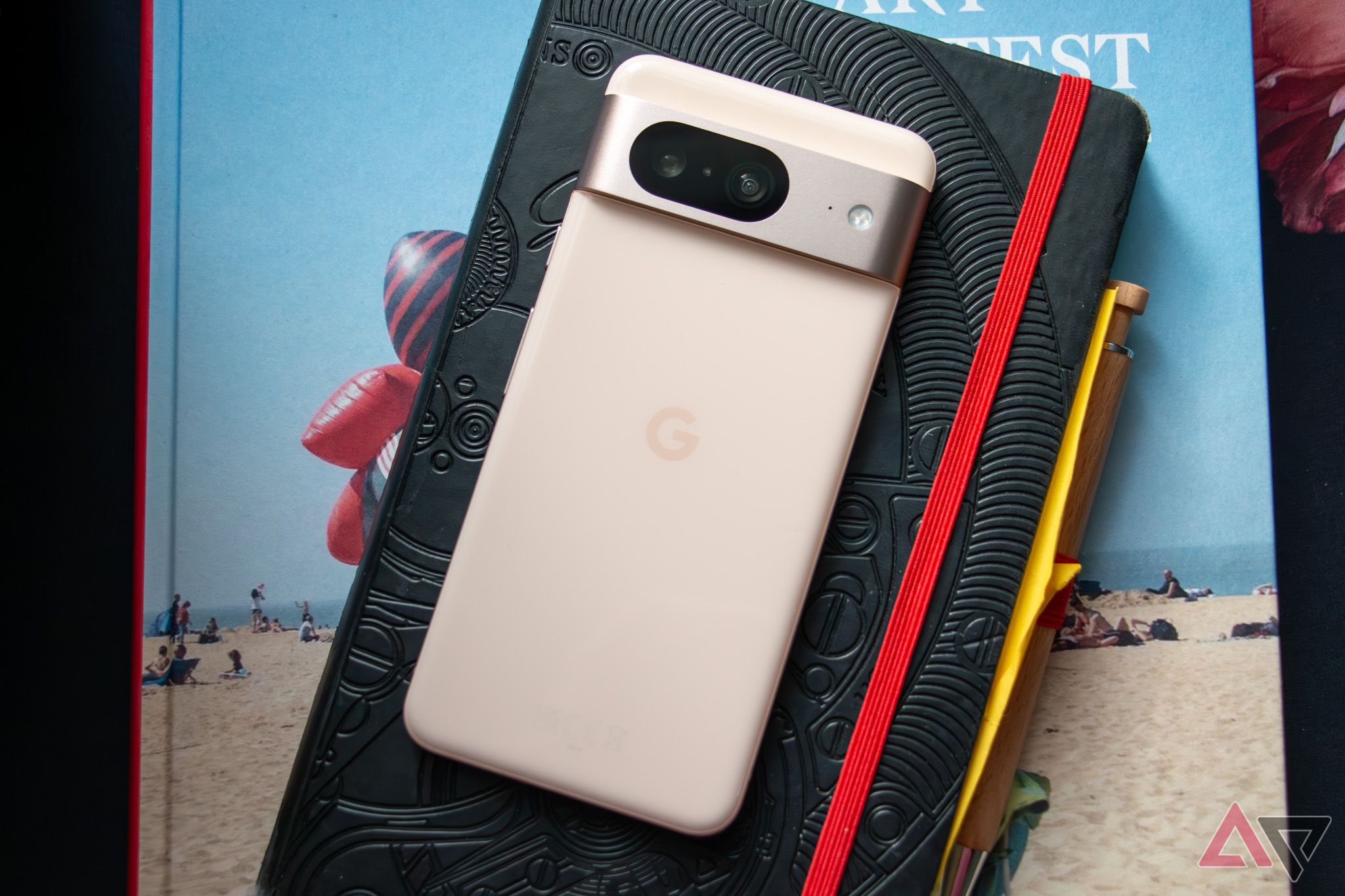
Google Pixel 8 review: The Pixel for the masses
The Pixel 8 doesn’t need every feature the 8 Pro offers, it’s packing more than enough
No one is docking the Pixel 8 for having a more premium build, but you should ask yourself whether a glass back is worth an additional $200, especially if you’re only going to cover it with a case. Google also changed colors for the Pixel 8a, offering a beautifully saturated Bay blue color and a positively vibrant Aloe green. Google is one of the few manufacturers still offering fun colors on devices, and I’m glad to see that trend continue.
A more laughable change is that the Pixel 8a only received an IP67 rating compared to the Pixel 8’s IP68. While dust protection between the two devices is similar, the Pixel 8 can remain safe in 1.5 meters of water for 30 minutes, while the Pixel 8a can only handle 1 meter. I’ll leave it to you to pull out your tape measure when you drop your Pixel into the toilet. The bottom line is that I wouldn’t let that be why I shelled out more money.
3 No matter the sensors, these are Pixel cameras
Even with worse sensors, expect good shots from the Pixel 8a
Google has nerfed the sensors on its A series for years, with the devices often receiving camera systems a generation or two behind. The Pixel 8 features a 50MP main shooter and a 12MP ultrawide lens, compared to the 64MP primary camera and 13MP ultrawide on the Pixel 8a. More importantly, the main image sensor on the Pixel 8 is larger, meaning more light and data to work with.
However, if we’ve learned anything with Pixel cameras over the last eight years, the secret is in the software. I’m fairly certain Google’s computational photography could make images from my Sony Mavica that used 3.5-inch floppy disks look good. So, while Night Sight and low-light images will look better on the Pixel 8, I wouldn’t expect a significant downgrade if you go with the Pixel 8a, especially if last year’s comparison between the Pixel 7 and 7a is any guide.
4 Do charging speeds matter when they’re this slow?
At least the batteries are similar sizes
Google is one of the few companies that makes Samsung’s charging speeds seem positively blistering. While the Pixel 8 features 18W wireless charging, the Pixel 8a is limited to 7.5W wireless charging — any slower, and you’d be better off charging with a generator hooked up to a hamster wheel. Neither is particularly fast, but if you need to top off in a “hurry,” the Pixel 8 will do the job better. Just make sure to have your sundial handy, as it’s not particularly fast either.
Google also slightly changed the battery, with the Pixel 8a receiving a slightly smaller cell at 4,492mAh. In actual use, the battery life between the two should be similar despite the difference in battery sizes.
5 Price is as big a factor as ever
Even when you account for sales
People flooded the internet after the Pixel 8a’s announcement, claiming that at $499, you should buy a Pixel 8 on sale at $549. Unfortunately, Google isn’t that unaware, and quickly raised the Pixel 8 price back up to full price. Now, I understand the Pixel 8 will go on sale again, bringing the price back down as low as, you guessed it, $500. That said, the Pixel 8a is likely to drop quickly after launch, with sales presumably offered simultaneously between the two phones.
We’ve seen this move before, as Google did the same thing with the Pixel 7 and 7a, with consumers wondering why the Pixel 7 sales stopped when the 7a was released. Sure enough, the Pixel 7 did go back on sale for a lower price, but the Pixel 7a followed, getting as low as $375 within just a few months. So, while the Pixel 8 is a better phone, I don’t think we’ll ever see the two within $100, as I expect Google to follow a similar pricing strategy.
The right choice might be a tricky one
I don’t know how many posts I saw online asking why you’d buy a Pixel 8a if the Pixel 8 were only a few dollars more. And while that’s no longer the case, with the Pixel 8 actually $200 more, I would like to pose another question: if the Pixel 8a offers the same software support, similar experience, and excellent cameras, why wouldn’t you save a few dollars and stick to the Pixel 8a?
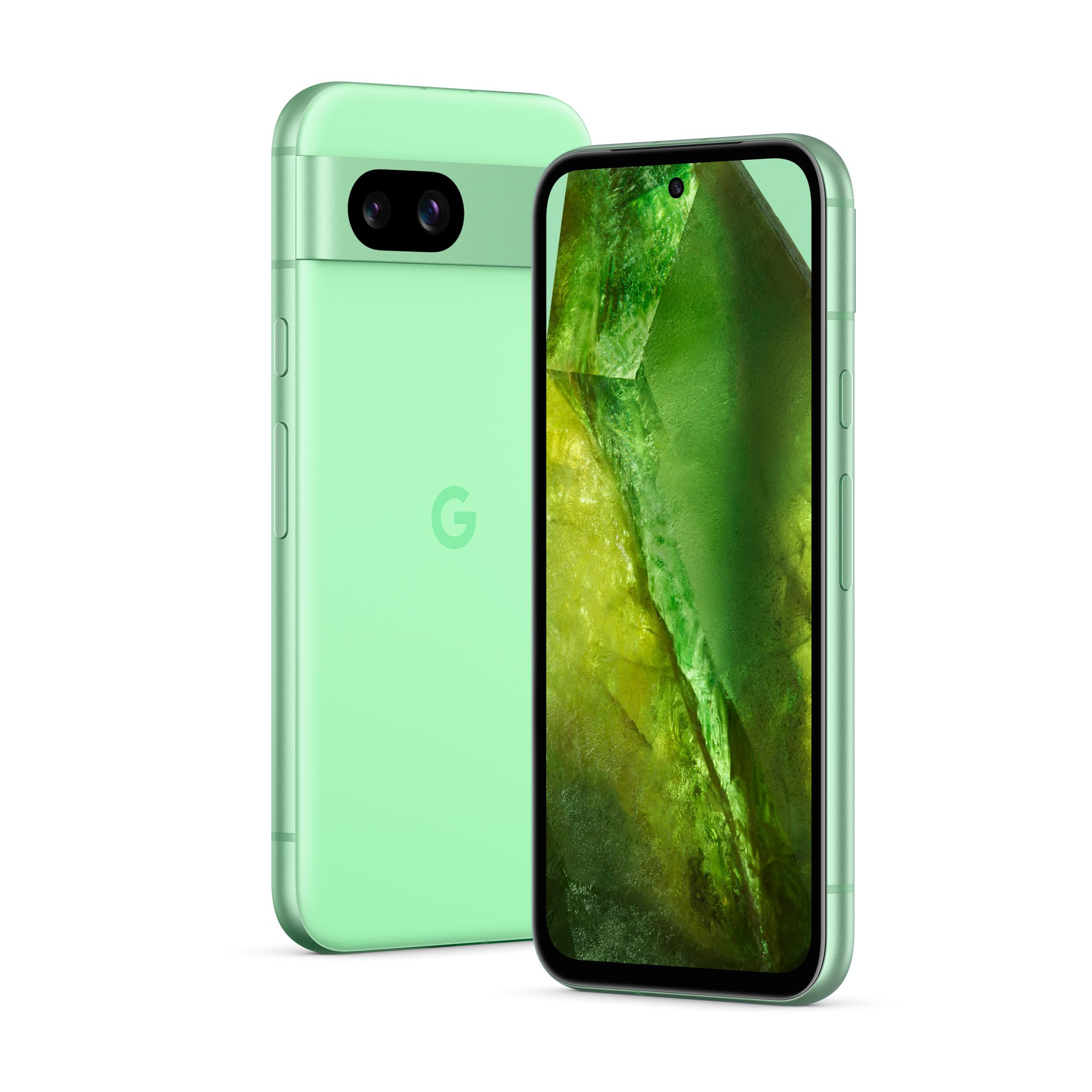
Google Pixel 8a
The Pixel 8a wants you to forget the Pixel 8 ever existed. With some crucial upgrades over its predecessor, including a brighter display, faster processor, and larger battery, Google’s latest mid-range smartphone is the perfect combo of speed and AI smarts. And with seven years of OS upgrades, it’s the longest lasting $500 smartphone you can find today.
Source link
